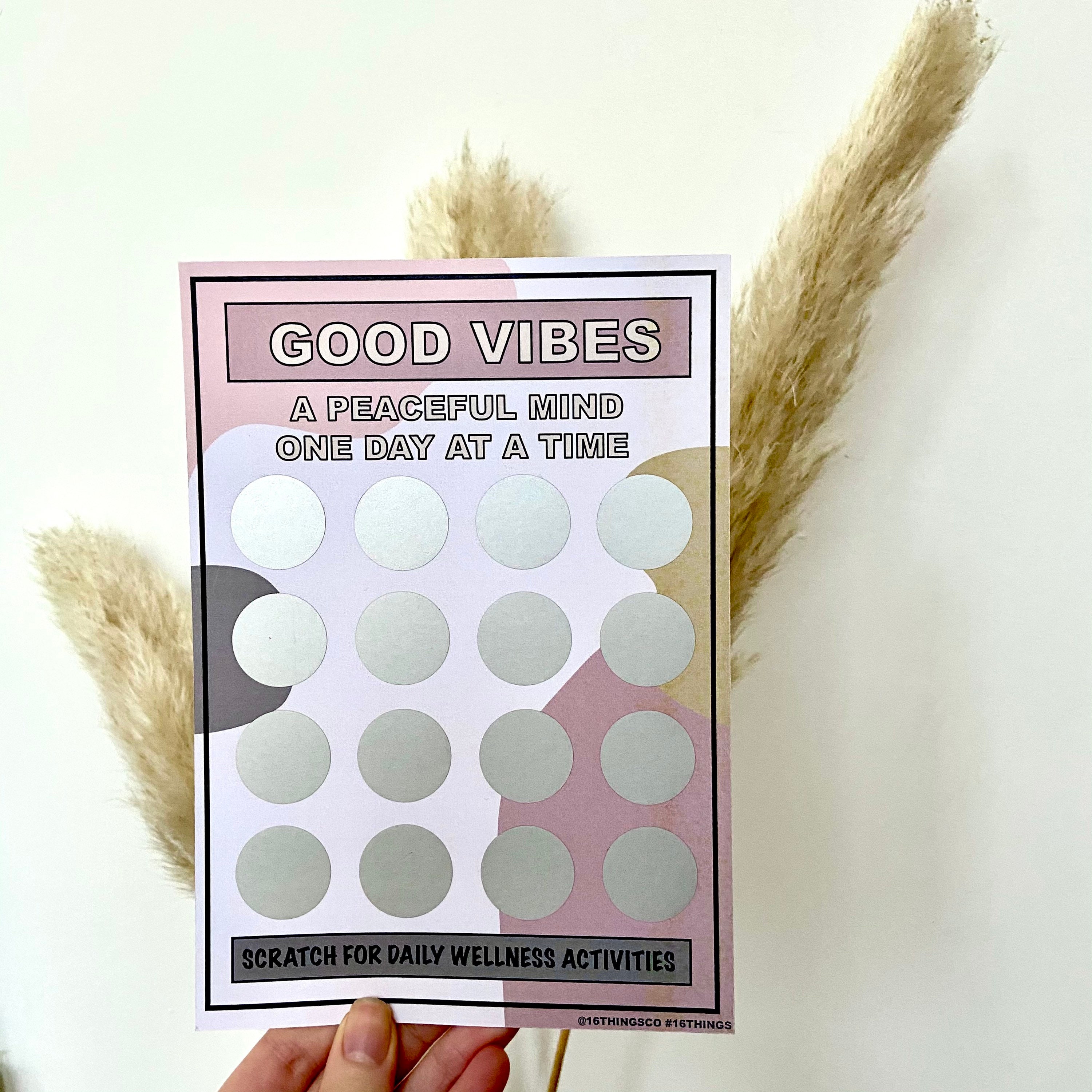


Letterbox journal full#
that full acknowledgement is made of the original publication stating the specific material reused, by/edited by, , reproduced by permission of International Journal of Child, Youth & Family Studies.Permission for these reuses is granted on the following conditions:
Letterbox journal license#
This licence allows anyone to share their work (copy, distribute, transmit) and to adapt it for non-commercial purposes provided that appropriate attribution is given, and that in the event of reuse or distribution, the terms of this license are made clear.Īuthors retain copyright of their work and grant the journal right of first publication.Īuthors are able to enter into separate, additional contractual arrangements for the non-exclusive distribution of the journal's published version of the work (e.g., post it to an institutional repository or publish it in a book), with an acknowledgement of its initial publication in this journal.Īfter publication, authors may reuse portions or the full article without obtaining formal permission for inclusion within their thesis or dissertation. This work is licensed under a Creative Commons Attribution-NonCommercial 4.0 International License.Īuthors contributing to the International Journal of Child, Youth and Family Studies agree to release their articles under the Creative Commons Attribution-Noncommercial 4.0 Unported license. Finally, the contested nature of children’s agency is discussed, as well as the implications for future research involving looked after children.Ĭopyright (c) 2018 Andy Hancock, Juliet Hancock The children made choices about where and when they read and with whom, expressing opinions about books and authors and using the contents of the parcels to take action and gain greater ownership of their own learning. The findings reveal the heterogeneous nature of looked after children with multifarious reading proficiencies and reading habits and routines. Data were gathered from 3 distinct but interrelated phases of the research: (a) literacy profiles completed by the children in collaboration with their carer(s), (b) children’s comments on evaluation sheets contained in each of the six parcels, and (c) individual conversations with children at the end of the project. It specifically investigates children’s perspectives of reading practices in the home and their responses to books delivered to them over a 6-month period. This article gives weight to children’s perspectives, and reports on the views of looked after children aged 7 to 10 in Scotland during the Letterbox Club project. However, official statistics do not reveal the nuances of individual children’s lived experiences nor children’s agency. The low educational achievement of looked after children - children in the care of a local authority - is well documented in the United Kingdom and internationally.


 0 kommentar(er)
0 kommentar(er)
